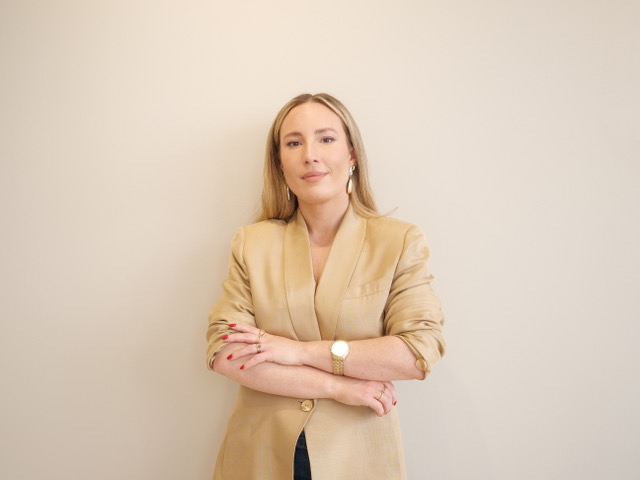'The night smells like engine oil… and money': How Singapore’s glittering night race paved the way for a new era of city-centre Grands Prix
It's the Las Vegas Grand Prix this weekend, but it and other city-centre Grand Prix would be nothing without trailblazing Singapore. Natasha Bird explains how the city state got it so right.
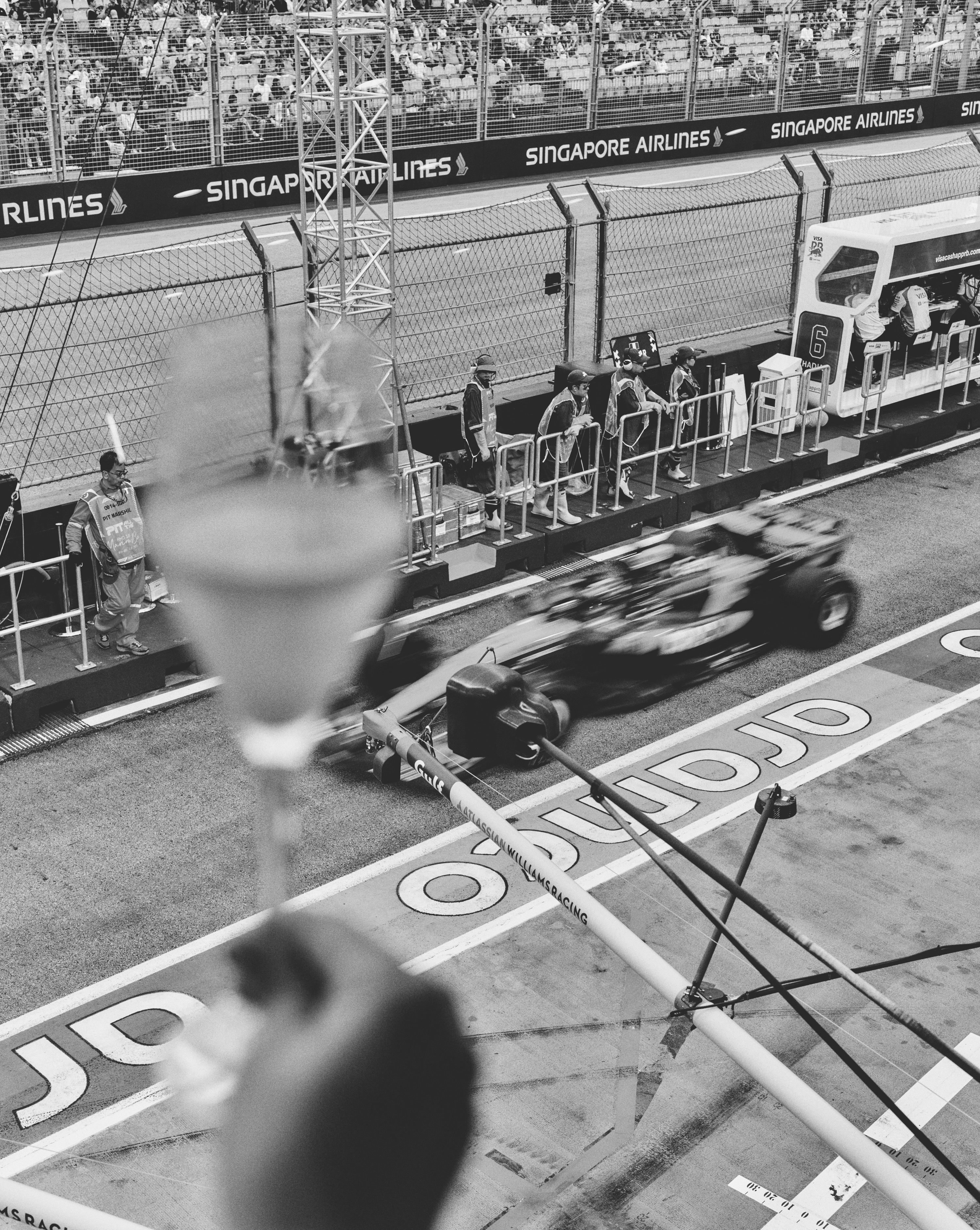

Inside a glass-walled suite, suspended over Marina Bay Street Circuit’s starting lights, Singapore’s Grand Prix weekend is unfolding in glamorous style. To the clickety-clack soundtrack of brand new Gucci Horsebit slingback shoes, waiters orbit the room with trays of tiny, ornate canapés and Glenfiddich spritzes in cut-glass goblets that sparkle in the glare of the track’s many floodlights. In a nook to one side, Elemis provides 20-minutes facials to help erase the eye-trough evidence of staying up too late in order to watch a night race. Guests leave juggling goodie bags the size of trophies. Formula 1 (F1) is almost always a peacock, but in Singapore, it’s a bird of paradise: louder, brighter and unabashedly extravagant.
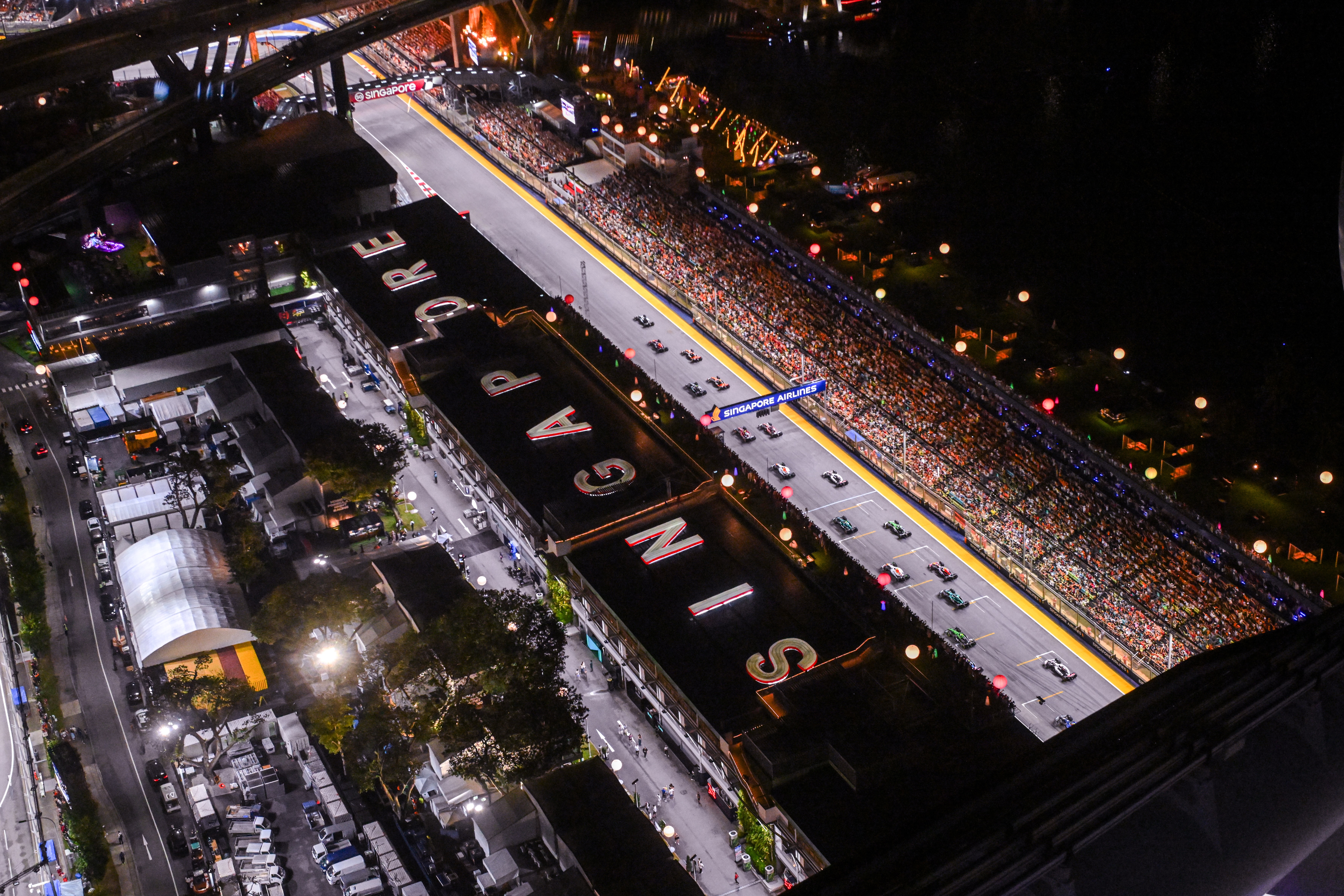
The Marina Bay Street Circuit is 4.940km. The race is one of the most physically demanding on the calendar with drivers regularly losing between 3-4kg over the course of 62 laps, due to the heat.
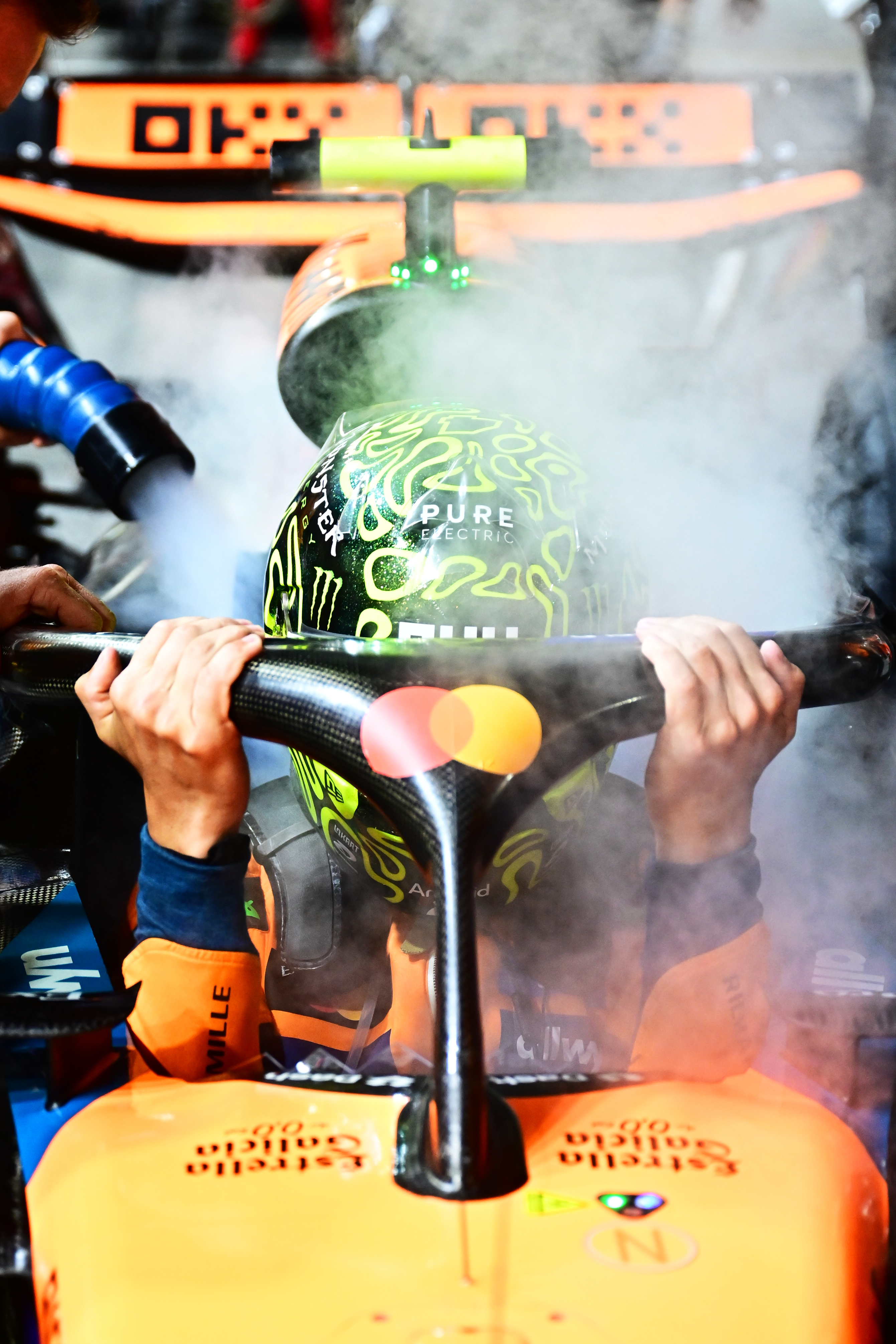
McLaren's Lando Norris lowers himself into his car ahead of the race. He finished 3rd, but the team scored enough points to seal the 2025 Teams’ Championship.
Considering Monaco’s enduring glamour and the pyrotechnic draw of newer fixtures such as Miami and Vegas, it’s a wonder that Singapore is still the F1 calendar’s jewel. And yet it is, and for very good reason. That surface dazzle is the front-of-house to a serious economic engine. Since the world’s first F1 night race debuted here in 2008, Singapore has treated race week as a national business plan: occupancies spike, prices surge, and the tills sing.
‘This marquee event puts Singapore on the world stage and drives our ambition to become Asia Pacific’s premier leisure events hub, so we take a holistic approach to destination marketing,’ says Marissa Sim, director of Singapore’s Tourism Board (STB). Race week events start long before the first practice session, and take place far beyond the confines of the financial district’s track location. STB attributes more than S$2 billion (about $1.2 billion) in incremental tourism receipts to the event across its run, with more than 720,000 international visitors pulled in by the spectacle. Card data backs the spike, showing traveller spending during race week running around 30% higher than other weeks. Hotels lean into it: across the city, rates climb from high to highfalutin with some hospitality packages priced in line with art. For this island country, it isn’t just a motor race weekend, it’s a national accelerator programme.
The city-state has successfully turned itself into a uniquely important stage for global brands who trade in aspiration. The promise isn’t simply footfall; it’s the right footfall, in the right configuration: ultra-high-net-worth individuals (UHNW), collectors, high-spending clients, and media in close proximity and on the clock. High fashion brands lean into the theatrics. Christian Louboutin, for example, launched a racing-flame motif, limited capsule collection at ION Orchard — its sole Southeast Asia pit stop which saw the Louboutin team transform their boutique into a paddock-side runway.
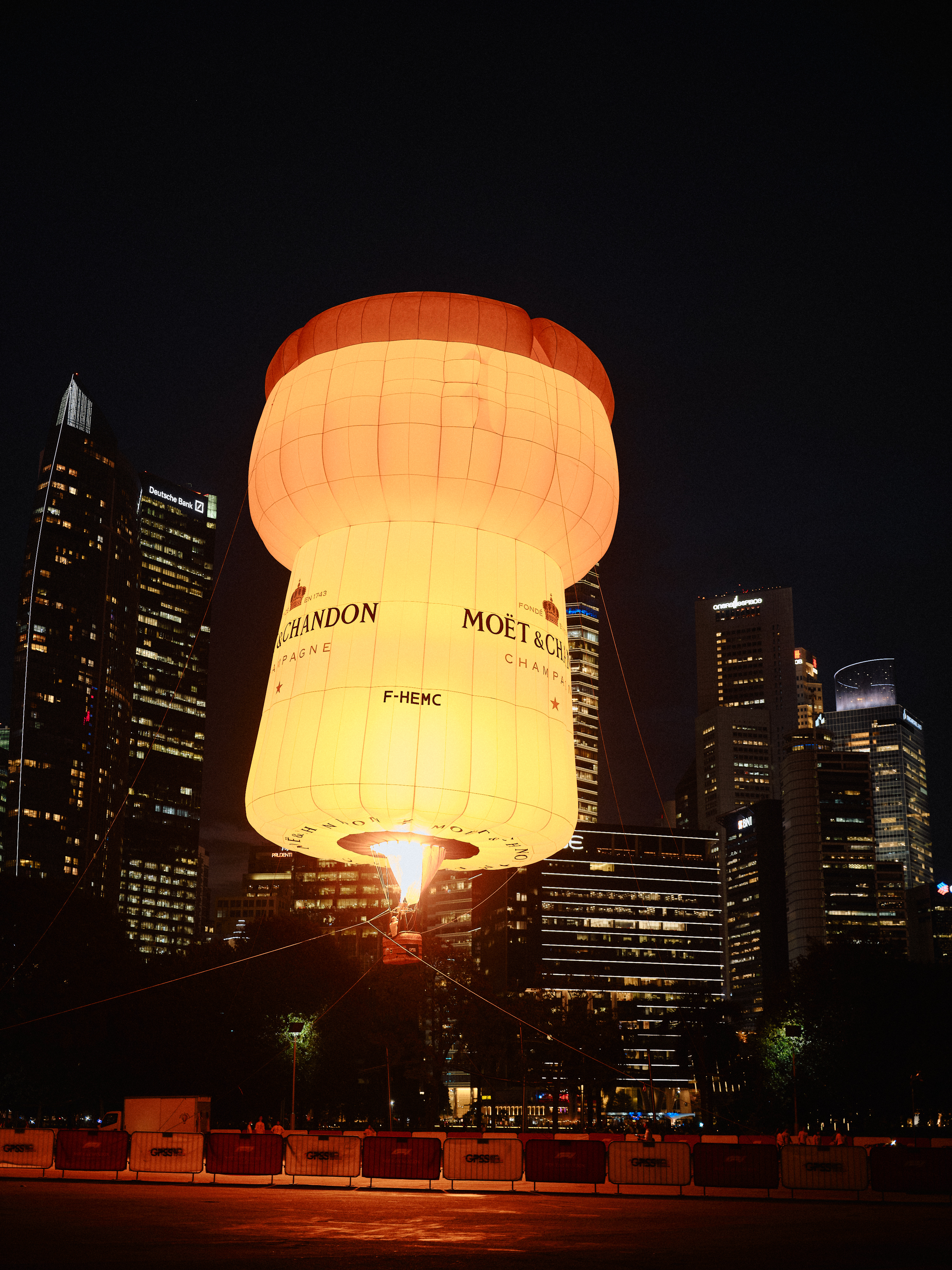
Moët's cork-shaped hot air balloon has been spotted all around the globe, but 2025 marked the first time that it took to the skies in Singapore.
Luxury food and beverage (F&N) players are also partial to treating proceedings like their own Met Gala, including Moët & Chandon who sent their V-VIPS skywards over Marina Bay, in a Champagne cork-shaped hot air balloon. Glenfiddich went a step further, and organised a whole series of activations, marking out Singapore as a prime platform from which to advance their partnership with Aston Martin’s Formula One team. The alliance is built around limited-edition and ultra-rare whiskys aimed squarely at a market of collectors with both means and discernment.
In Singapore, the distillery unveiled multiple products, but the standout was a 65-year-old drink that pays homage to Aston Martin’s 1959 F1 debut. Only around 50 bottles are available worldwide — mostly via invite-only spaces such as The Distiller’s Library. A full-scale Aston Martin F1 car was hard to miss walking through Changi airport and in town a dinner and whisky tasting with Malt Master Brian Kinsman — inside The Warehouse Hotel onto whose facade Glenfidditch projected a 3D mapping night show — attracted the who’s who of the Singapore social scene. It was luxury brand theatre at its most spectacular.
A post shared by Aston Martin Aramco Formula One™ Team (@astonmartinf1)
A photo posted by on
Singapore has long had influence over the global luxury economy. A trading hub since the 19th century, today it is the world’s largest transshipment port and has made an art out of marrying supply and demand, quickly and flawlessly. It is a discipline that translates cleanly into immersive retail: brands know that their best customers — residents and tourists — will be lured in and that the stagecraft will be executed with the same logistical precision that moves containers through Tuas. When you’re unveiling a bottle as rare as a Rembrandt, or seating UHNW clients next to a car worth £15 million, Singapore offers up a receptive audience and a safe pair of hands.
Exquisite houses, the beauty of Nature, and how to get the most from your life, straight to your inbox.
‘From a brand perspective,’ says Claudia Falcone, Glenfiddich’s global brand director, ‘the Singapore Grand Prix represents everything that makes this market so dynamic. The event attracts a highly affluent, international audience who value both performance and prestige.’
Singapore’s year-round picture is as rosy as its Grand Prix weekend. ‘Singapore has one of the highest concentrations of wealth anywhere in the world,’ says Claudia’s colleague, Will Peacock. ‘It’s home to over 330,000 high-net-worth individuals and nearly 2,000 ultra-high-net-worths, but it’s not just a wealthy city; it’s a trendsetting hub that shapes luxury consumption patterns across Southeast Asia and Greater China.’ The millionaire’s stronghold is posting post-pandemic highs in visitor arrivals and is quickly cementing itself as Southeast Asia’s luxury launchpad. If you need any more convincing, it was the chosen venue to house Louis Vuitton’s one-of-a-kind floating boutique. The ‘Island Maison’ hovers like a crystal ship atop Marina Bay, reachable by jetty or underwater tunnel from The Shoppes.
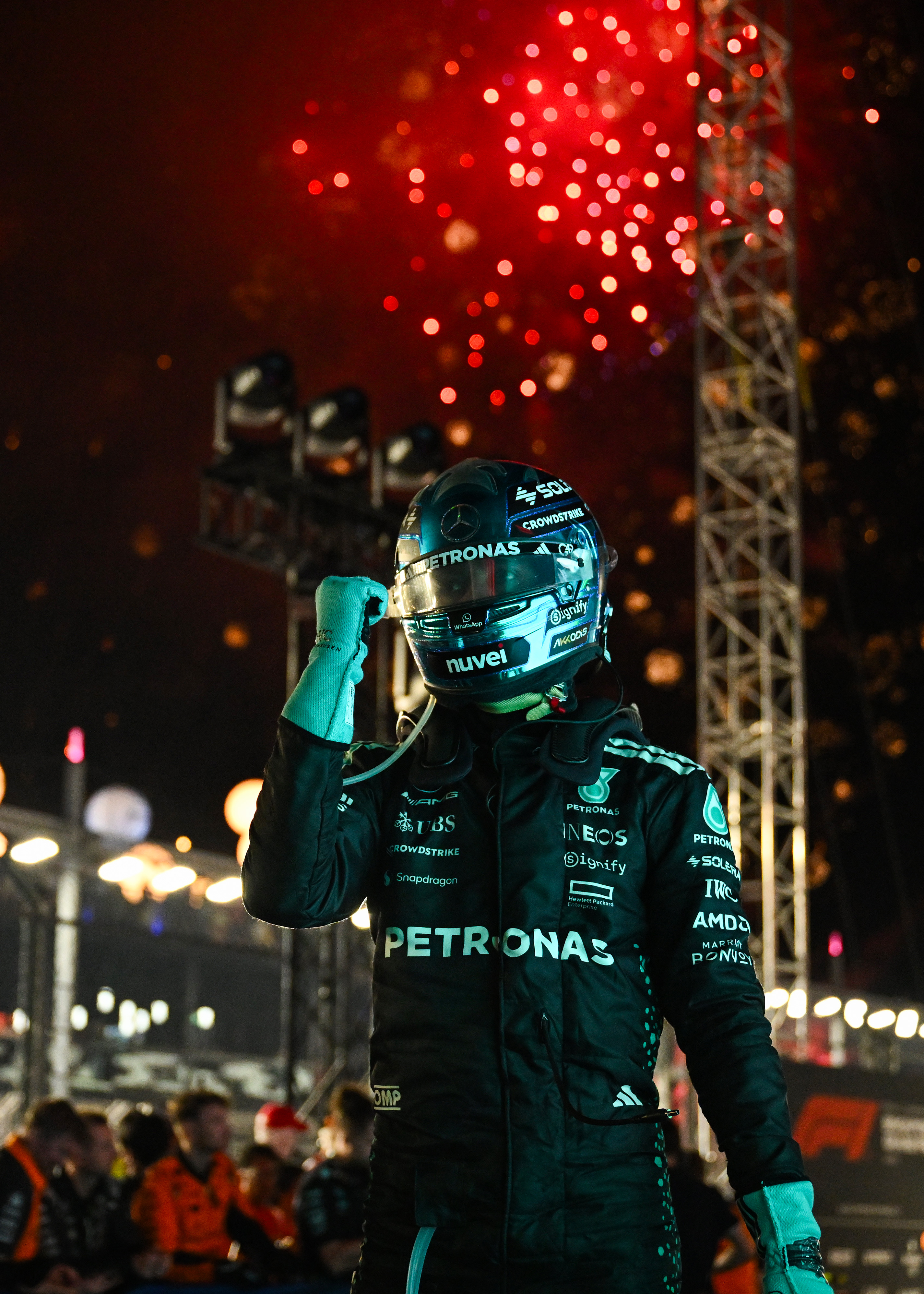
Mercedes' George Russell claimed a dominant victory in the 2025 Singapore Grand Prix.
So if Singapore prospers 12 months a year, why does the Grand Prix weekend still loom so large? Consider the calculations. A pop star such as Taylor Swift can fill a stadium six times over, pulling in an estimated 300,000 attendees. Roughly 70% of that number came from abroad and together they spent more than £200 million. Huge. But F1 in Singapore functions as an omni-event: sport fused with citywide hospitality, corporate entertaining and a halo of satellite proceedings, from design fairs and craft-beer collaboration to mega-club takeovers. For top-end brands, it compresses a year’s worth of client moments into 72 hours: deals inked after a headline set (this year Elton John and the Foo Fighters), collections previewed over breakfast, rare whiskies tasted between practice sessions.
If that reads like a lifestyle festival with a race attached, well, it is, and Singapore helped invent the principle. When the night race arrived in the 2000s, it pioneered a template: Padang, an open playing field, would host live headliners, the city’s skyline would double as set design, and logistics would be handled seamlessly. The Las Vegas and Miami organising committees have learned from this playbook, running their own omni-events with neon bravado. However, there’s a difference in consequence. In Las Vegas and Miami, every weekend is a big weekend; the marginal uplift of the Grand Prix blurs into an ongoing carnival. In Singapore, the Grand Prix stands taller against a more measured backdrop.
So, what’s next? ‘Swiftonomics’ proved that a stadium run can light up the city almost as brightly as a starting grid. Other sports events are notionally on the rise too. A month-long World Aquatics Championship brought 2,000 elite athletes to the city-state and there’s a new multi-year eSports proposal that organisers claim will deliver ‘tens of millions’ in impact. But for now, they’re supporting acts, not the headliner. The Grand Prix weekend still draws the biggest crowds, the deepest pockets, and an incomparable buzz.
Newcomers will keep chasing Singapore’s appeal: Miami throws flashy pool parties, Jeddah, Lusail and Las Vegas’s tracks all roar to life beneath the same night race floodlights, and Abu Dhabi signs off the season with dazzling fireworks. But copying the blueprint isn’t the same as matching the mood. Plus, the STB plans to maintain track position by improving the experience every year. ‘We saw an 11.7% increase in ticket sales from 2024,’ Marissa says. In Singapore, the Grand Prix will continue to feel like an Occasion.
Natasha Bird is a writer and editor with more than 15 years’ experience covering culture, politics, cars, lifestyle and travel. Formerly Executive Editor at ELLE, she now contributes features that blend storytelling with a keen eye for design, style and the way we live today.
-
 'A dream of Nirvana... almost too good to be true': The sweet peas of Easton Walled Gardens, and how you can replicate their success at home
'A dream of Nirvana... almost too good to be true': The sweet peas of Easton Walled Gardens, and how you can replicate their success at homeUrsula Cholmeley, who has spent 25 years restoring Easton Walled Gardens, recommends sowing sweet peas now for stronger plants that will better withstand the weather.
-
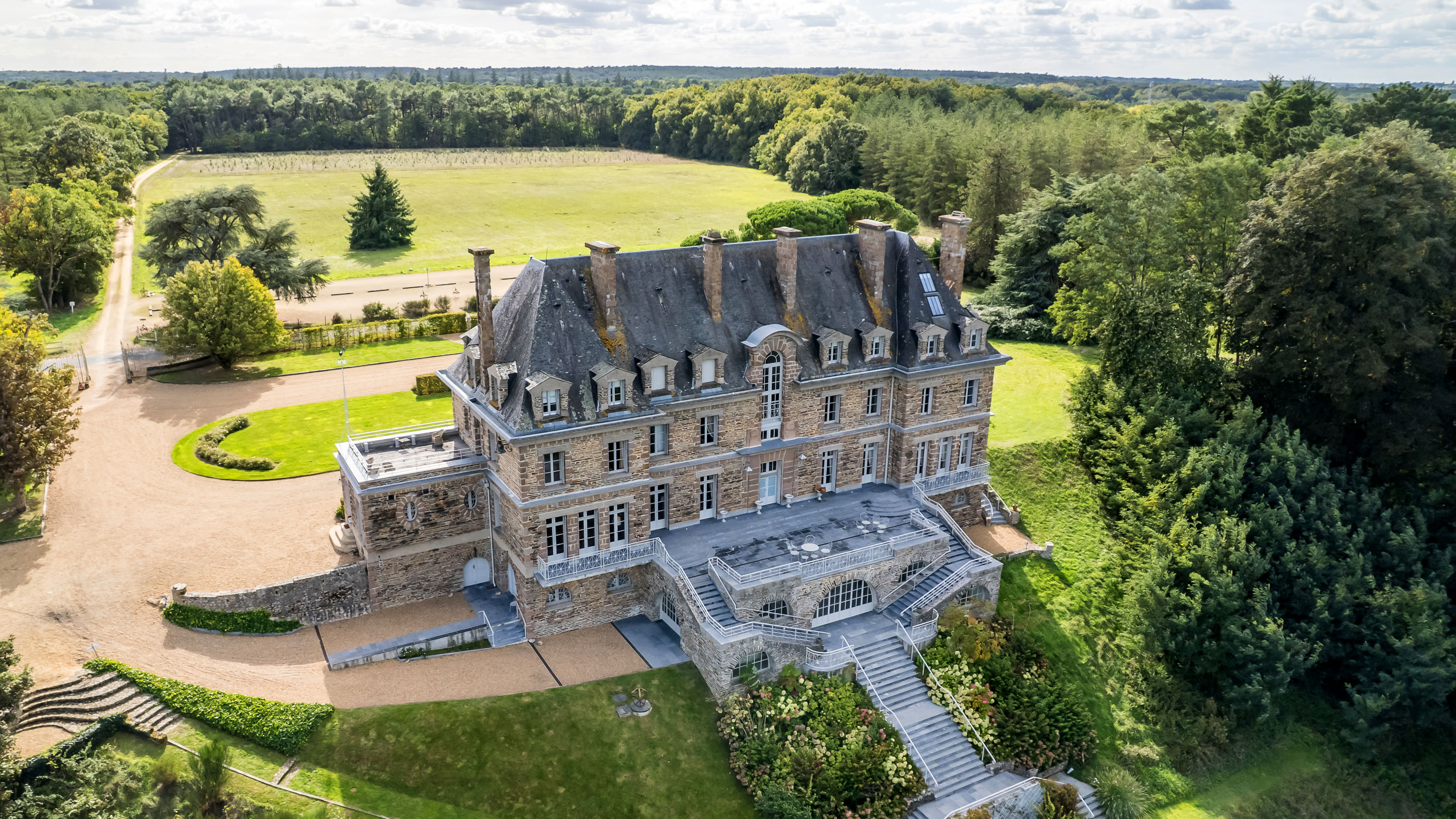 The pink granite chateau that the Cointreau family built in the Loire Valley is for sale at £3.5 million
The pink granite chateau that the Cointreau family built in the Loire Valley is for sale at £3.5 millionThe great country seats of the Guinness family have an equivalent over the Channel, where the chateau built by the Cointreau family is on the market.
-
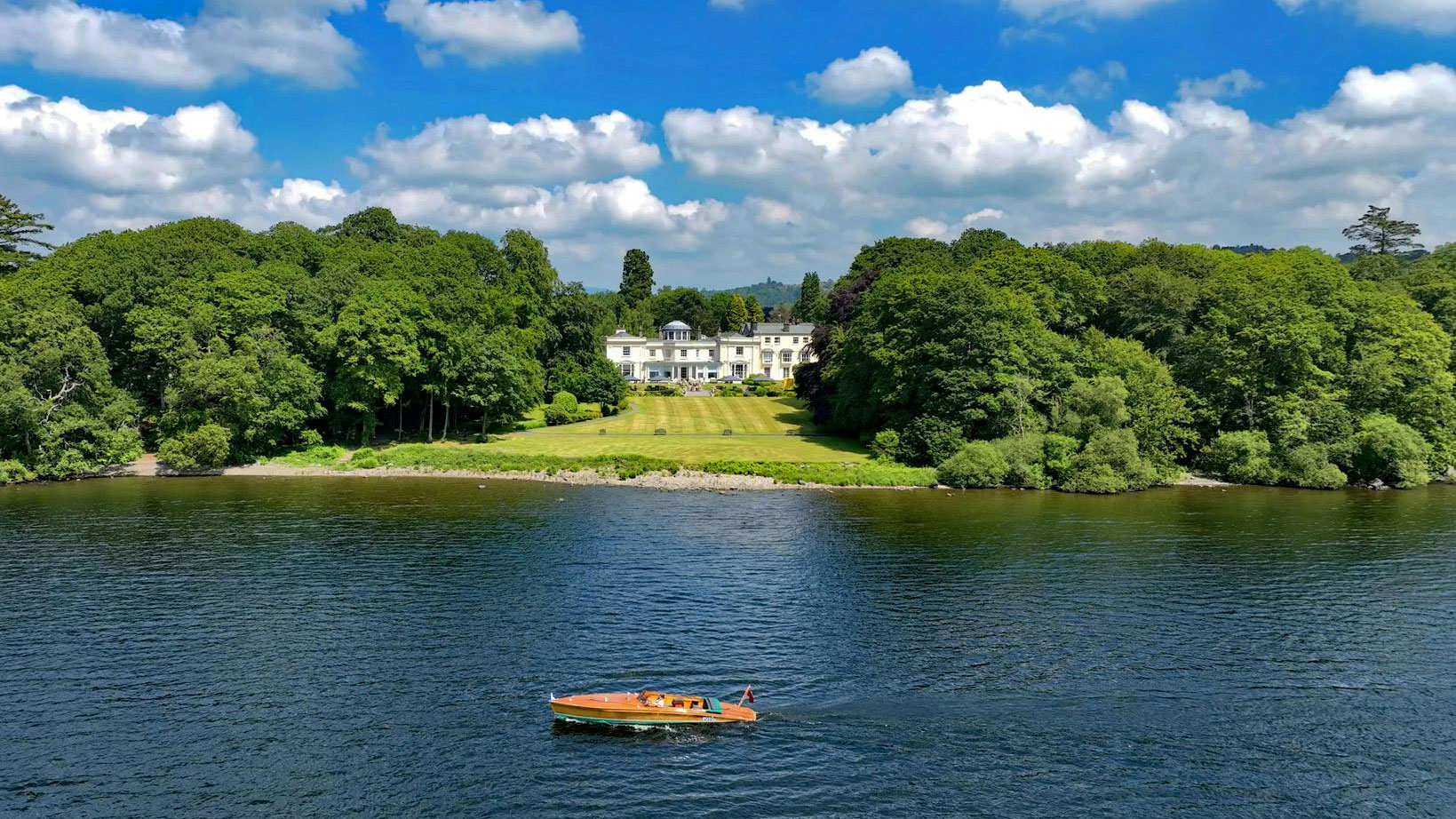 Storrs Hall: A glimpse of what a trip to Lake Windermere ought to be
Storrs Hall: A glimpse of what a trip to Lake Windermere ought to beLake Windermere — the largest stretch of water in the Lake District — is a tourist mecca that can often feel crowded, but head to places like Storrs Hall and you can still find the beauty and seclusion that first drew people here. Toby Keel takes a look.
-
 ‘For several days between Christmas and New Year, the departures lounge at Heathrow Terminal 5 becomes busier than Daylesford HQ’: A snob’s guide to winter sun
‘For several days between Christmas and New Year, the departures lounge at Heathrow Terminal 5 becomes busier than Daylesford HQ’: A snob’s guide to winter sunAnyone in their right mind abandons ship after Christmas for some winter sun, says Sophia Money-Coutts
-
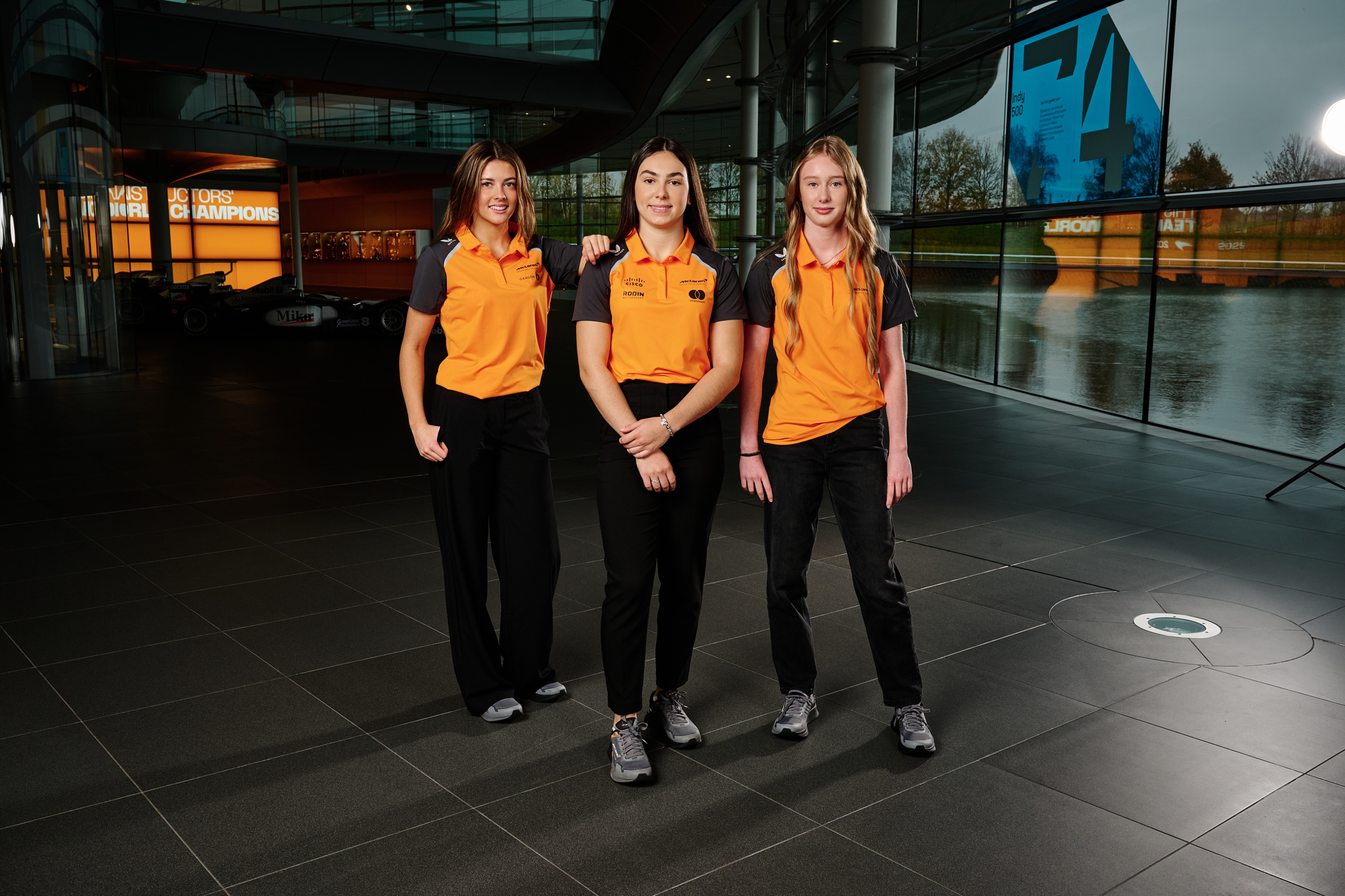 McLaren's three Ellas and the future of motorsport
McLaren's three Ellas and the future of motorsportMcLaren is rewiring the pipeline for women, on track and across the motorsport landscape
-
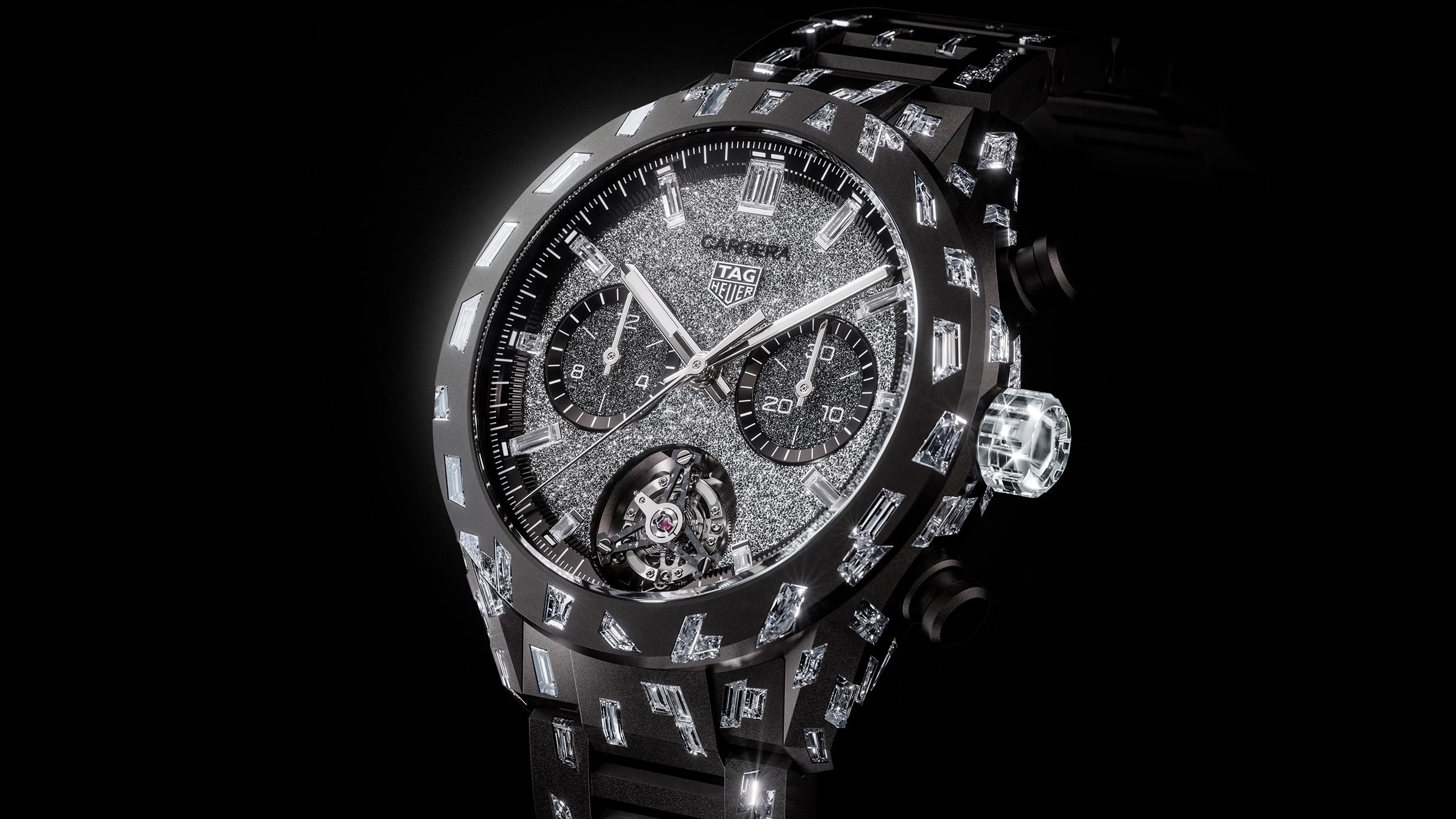 The real deal: Can you tell the difference between mined and synthetic diamonds?
The real deal: Can you tell the difference between mined and synthetic diamonds?And would you buy a watch studded with laboratory-made ones?
-
 Who won the rivalry between Turner and Constable? It was us, the public
Who won the rivalry between Turner and Constable? It was us, the publicA forthcoming exhibition at Tate Britain that revives the rivalry between these two 19th century painters sheds new light on their relationship.
-
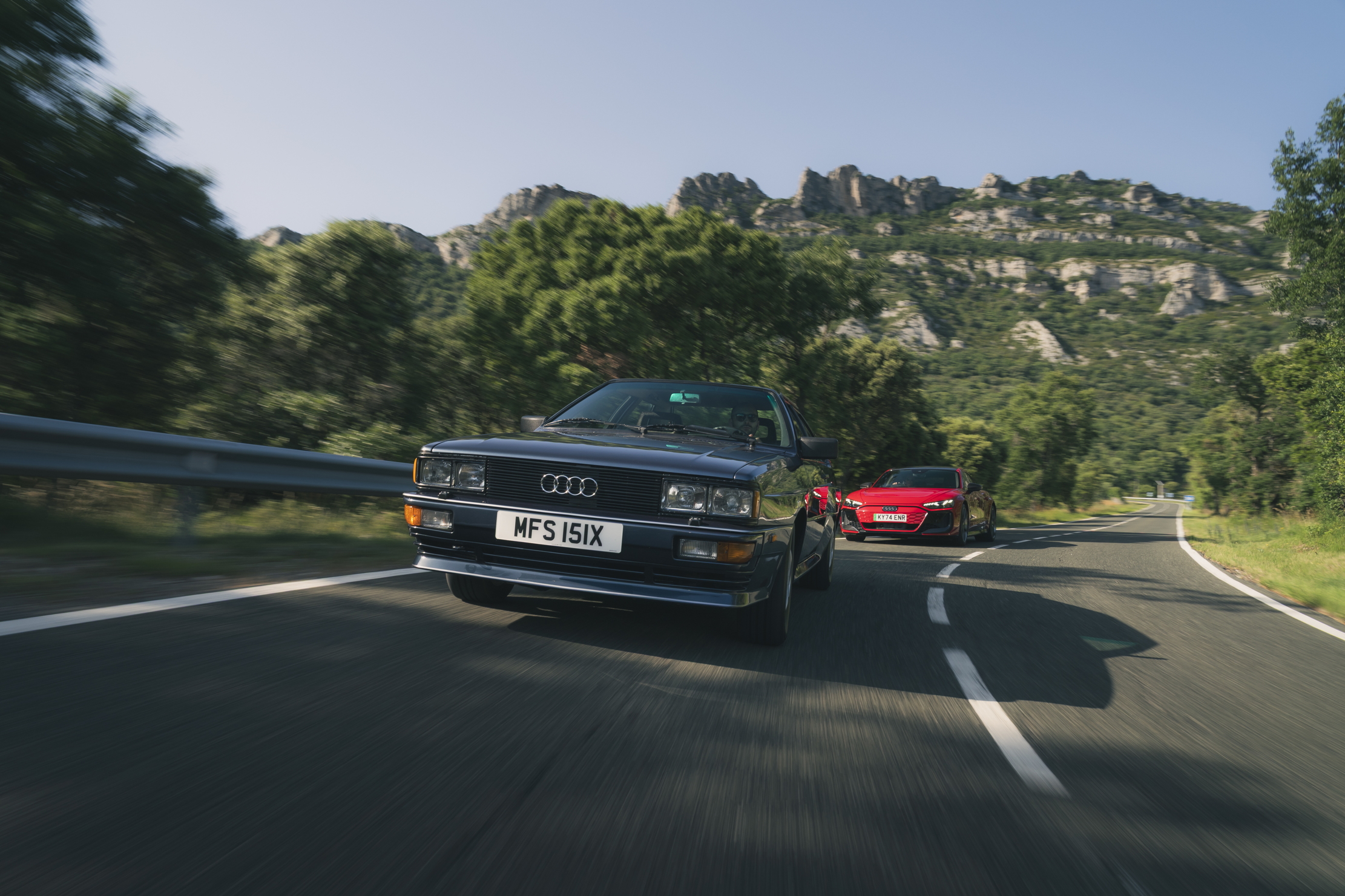 Audi has been designing icons for 60 years. Here are some of the best
Audi has been designing icons for 60 years. Here are some of the bestFrom the first Quattro, to the TT and the R8, Audi has always been able to turn a head. Adam Hay-Nicholls, our man in Rioja, explains why.
-
 Haute dogs: How fashion’s finest would dress 11 dogs and one very spoilt cat if only they had the chance
Haute dogs: How fashion’s finest would dress 11 dogs and one very spoilt cat if only they had the chanceWe’ve matched some much-loved breeds to the designers that share their history, temperament and vibe — because why not. Illustrations by Tug Rice.
-
 'Love, desire, faith, passion, intimacy, God, spiritual consciousness, curiosity and adventure': The world of Stanley Spencer, a very English visionary
'Love, desire, faith, passion, intimacy, God, spiritual consciousness, curiosity and adventure': The world of Stanley Spencer, a very English visionaryStanley Spencer’s talent for seeing the spiritual in the everyday, his stirring sense for the wonder of Nature and his love for the landscapes of Berkshire and Suffolk shaped his art, as Matthew Dennison reveals.
